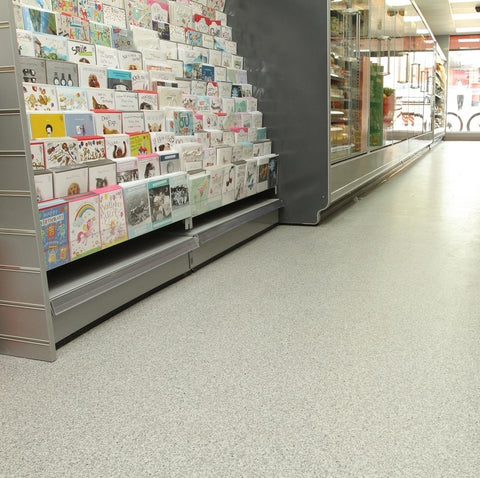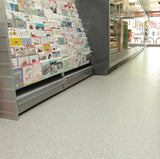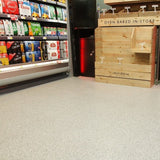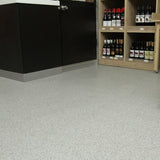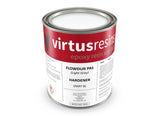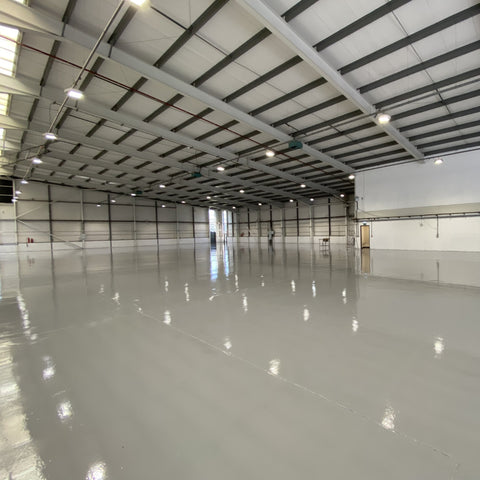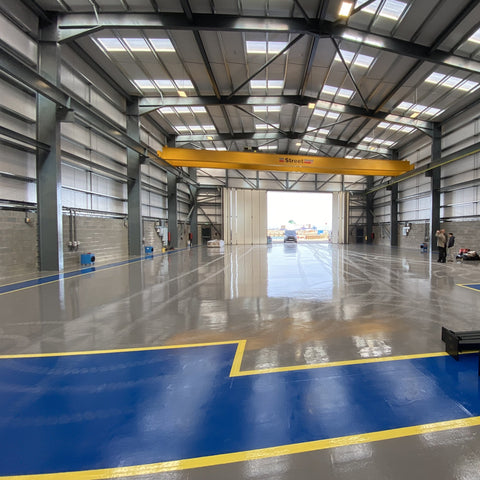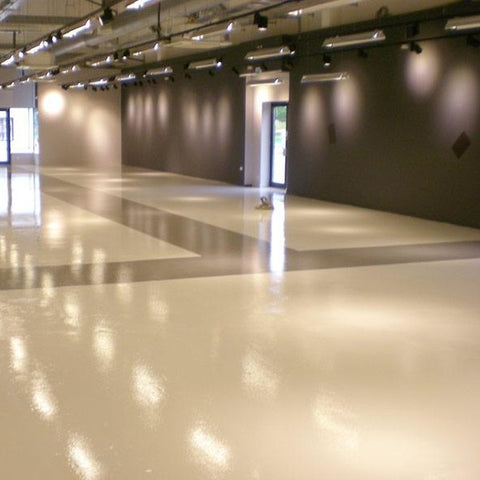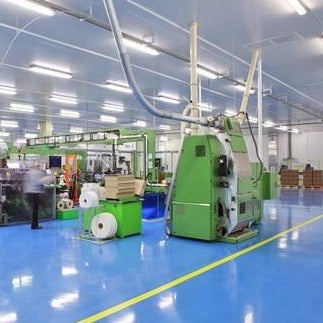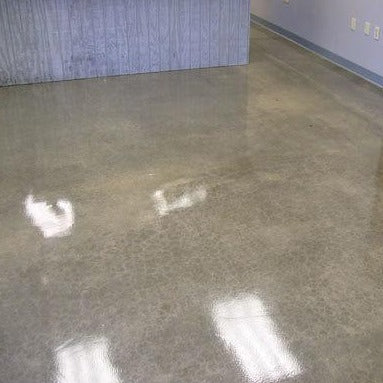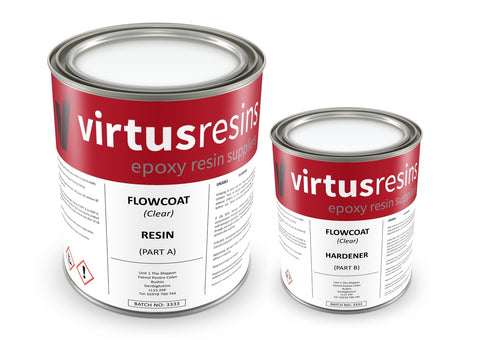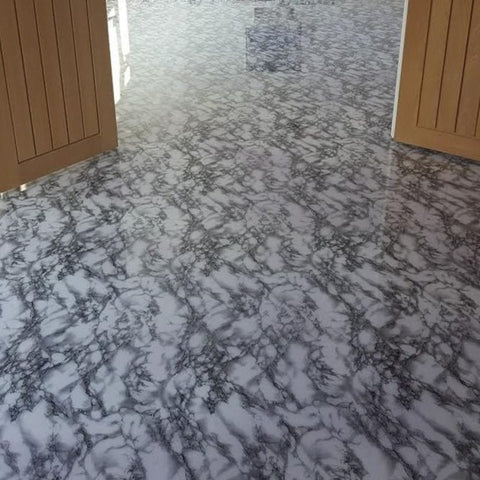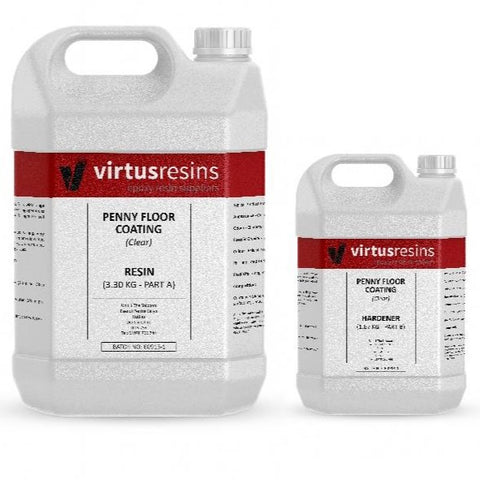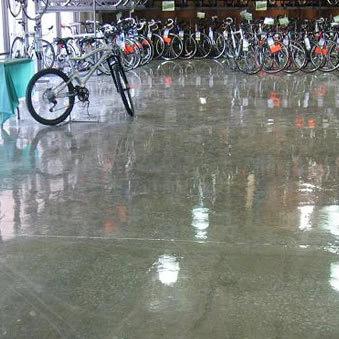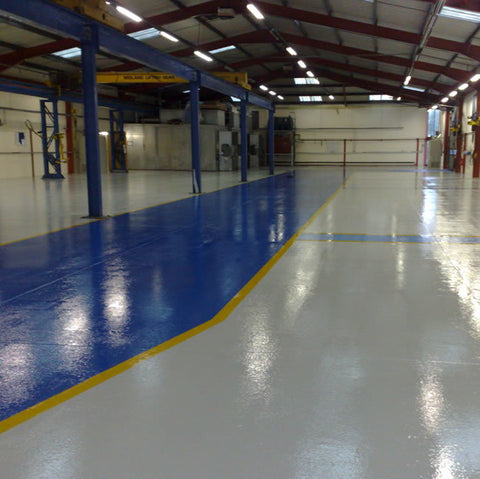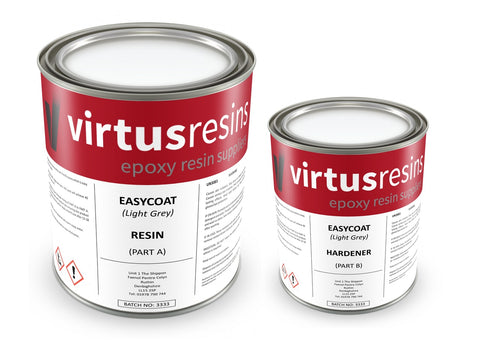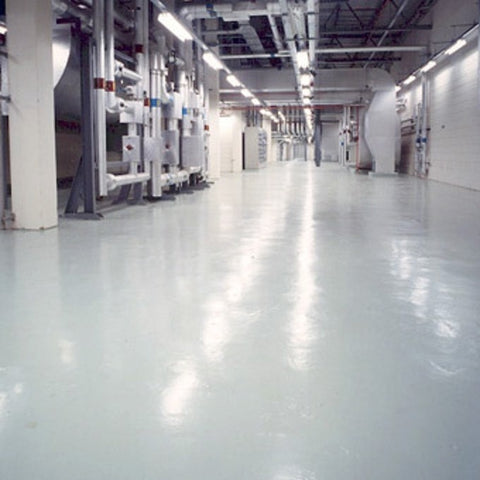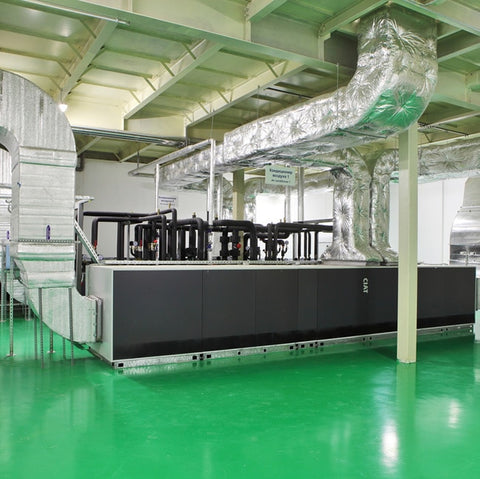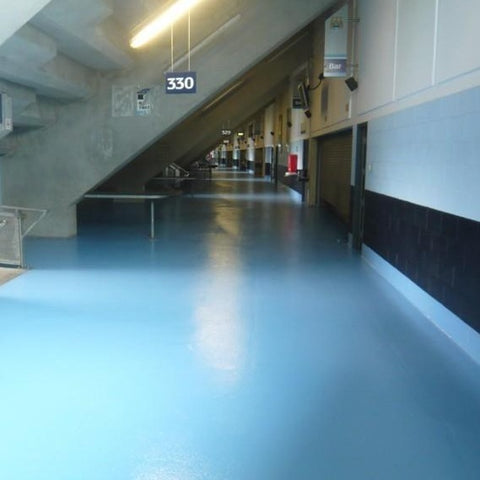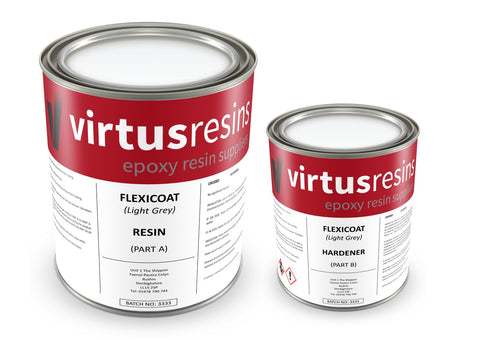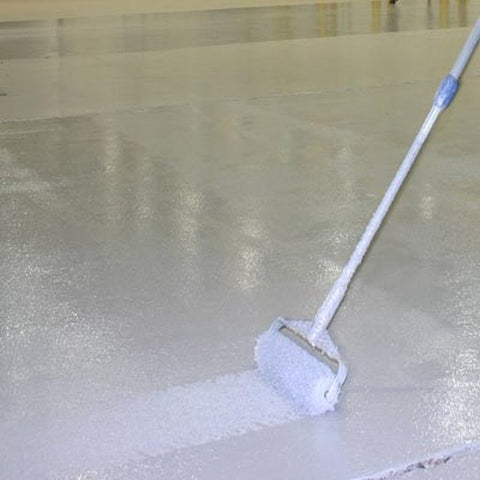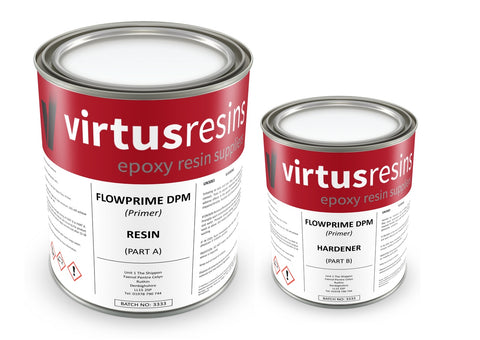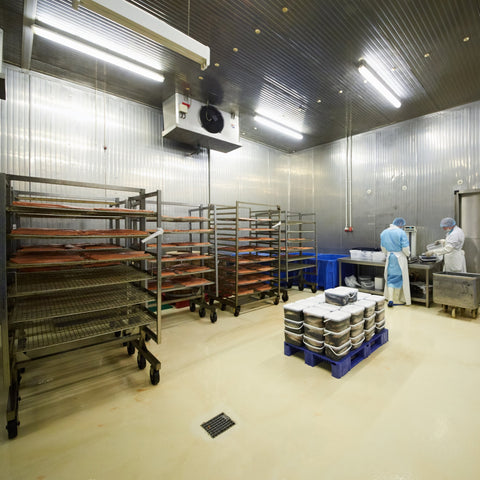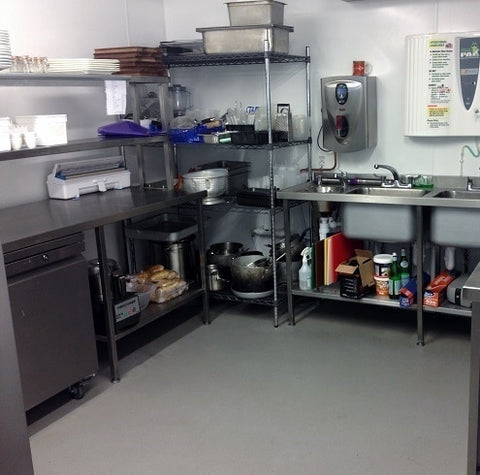Flowdur PAS
Vendor: Virtus Resins
Flowdur PAS Coloured is a fast curing, coloured, two-component solvent free polyaspartic floor coating for concrete surfaces. Flowdur PAS Coloured provides a UV-resistant, tough, hard wearing coating system and can be used to produce decorative flake systems in conjunction with Flowdur PAS Clear.
Flowdur PAS Coloured may be applied between 10 °C and 30 °C. However, for best results, substrate and air temperature should be in the range 15 °C to 25 °C otherwise workability and cure rate may be impaired.
Appearance
Coloured gloss finish.
Typical Uses
Decorative applications, warehouses, laboratories and food preparation areas.
Features & Benefits
- Fast cure. Ultra-quick return-to-service
- 100% solids. VOC free
- Excellent UV resistance
- Low viscosity
- Gloss, easy to clean finish
- Extremely durable & impermeable finish
Thickness
150 - 250 microns per coat depending on specification.
Typical Properties, 28 days at 20 ºC
BS 8204-6 Type 3
Bond strength (BS EN 13892-8) > 3.0 N/mm2 (concrete failure)
Impact resistance (BS EN ISO 6272-1) 4.7 Nm
Wear resistance (BS EN 13892-5) < 50 μm
The typical physical properties given above are derived from testing in a controlled laboratory environment. Results derived from testing field-applied samples may vary dependent upon site conditions.
Pack Size
2.5 kg and 5 kg units.
Pot Life
Cure Schedule @ 20 °C *
Over coating time 90 minutes ~ 12 hours
Cure time to pedestrian traffic ~ 4 hours
Cure time to light wheeled traffic ~ 8 hours
Full cure ~ 5 days
Please see Technical Data Sheet for further information.
Application Conditions:
Flowdur PAS Coloured may be applied between 10 °C and 30 °C. However, for best results, substrate and air temperature should be in the range 15 °C to 25 °C otherwise workability and cure rate may be impaired. Localised heating or cooling equipment may be required outside this range to achieve ideal temperature conditions. To reduce the risk of “blooming” or poor inter-coat adhesion caused by condensation, the climate above the uncured floor and the substrate should be maintained at least 3 °C above the dew point during application and for at least 48 hours after application. In any case, the ambient relative humidity should be between 30% and 75% during application and cure. Do not apply when ambient and substrate temperatures are rising otherwise pinholes may occur.
Surface Preparation:
Concrete substrates must have a minimum compressive strength of 25 N/mm² and a minimum pull-off strength of 1.5 N/mm². Substrates must be dry, clean and free of surface laitance and contaminants such as dirt, oil,grease, poorly bonded coatings and surface treatments. If in doubt, apply a test area first. Inadequate preparation will lead to loss of adhesion and failure. In coatings, there is a tendency for the finish to mirror imperfections in the substrate. Grinding, or light vacuum -contained shot-blasting is therefore preferred over planing for these systems. High or low spots should be removed or repaired before proceeding. Concrete must include a functional damp-proof membrane. Concrete substrates must have a moisture content ≤ 4% by weight (< 75% RH) otherwise Flowprime DPM must be used as a primer.
IMPORTANT: Humidity in the atmosphere is required for the successful cure of polyaspartic based coatings. As a result, polyaspartic coatings will take a significant amount of time to through cure if applied in excess of the recommended film thickness (250 microns). It is especially important to ensure that the substrate is flat an defect free so that material does not pool in excess of the recommended film thickness. .
Mixing:
Materials should be conditioned at 15 °C to 25 °C for 24 hours prior to use. Pre-mix the resin component as there will be slight settlement in the bottom of the container. Add the hardener component to the resin component and mix using a low speed electric mixer (300 - 500 rpm) fitted with a suitably sized Jiffy-style paddle for at least 3 minutes until homogeneous. Keep the mixing head fully submerged to avoid air entrainment. Use a straight edged spatula to scrape the sides and bottom of the mixing vessel several times as unmixed material will result in uncured patches in the final finish. Do not add solvent/thinners to the product.
Important: Both liquids are pre-weighed and designed to be mixed together in their entirety. It is essential that the full amounts are mixed together and until homogenous to ensure the product cures correctly and to the desired finish.
Application:
Spread to the desired thickness with a rubber squeegee and finish immediately with a roller. Avoid pooling. If, when cured, there are dry/patchy areas, repeat the procedure for a second coat. Edges and difficult to reach areas may be applied thinly by brush. Plan the work area to maintain a wet edge and work within the working time of the material. Due to the rapid cure, roller sleeves should be changed regularly (at least every hour). If required, broadcast decorative flakes or coloured quartz aggregate into the binder to saturation so that aggregates fall vertically into the binder. Fully broadcast systems may take longer to cure than the coating alone. Ensure sufficient cure has taken place to resist foot traffic without damage before applying subsequent coats. Remove excess flakes/aggregates from the surface by sweeping followed by vacuuming until the surface is free from all loose particles. Seal using Flowdur PAS Clear.
Certain colours can be made to order subject to availability.
| YELLOW | RED | WHITE |
| GREEN | LIGHT GREY | MID GREY |
Technical Datasheets
Flowdur PAS Coloured
Safety Data Sheets
Flowdur PAS Coloured Resin
Flowdur PAS Coloured Hardener

